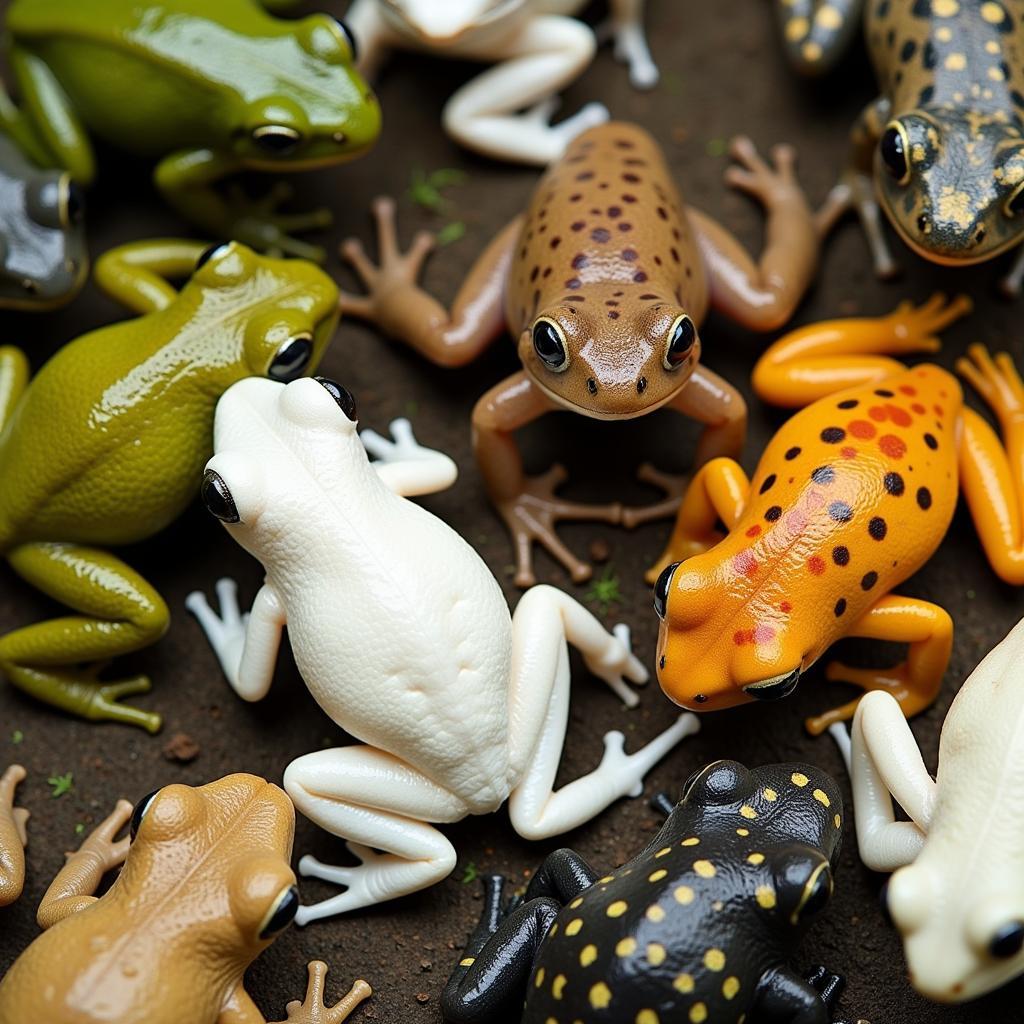The Extinct African Carolina Parakeet: A Story of Loss
The African Carolina Parakeet, also known as the Carolina conure, is a tragic tale of extinction. Once a vibrant flash of color across the southeastern United States, this beautiful bird disappeared from the wild in the early 20th century. Learning about its demise offers valuable lessons about conservation and the delicate balance of nature.
A Colorful Character: Appearance and Habitat of the Carolina Parakeet
The Carolina parakeet ( Conuropsis carolinensis) was a striking bird with a predominantly green body, a bright yellow head, and orange patches on its face and neck. Its long tail feathers added to its elegant appearance. These birds were highly social, living in noisy flocks that could number in the hundreds, even thousands. Their preferred habitat was old-growth forests along rivers and swamps in the southeastern United States, ranging from Florida to New York and as far west as eastern Texas. They feasted on the seeds of cypress, sycamore, and other trees, often descending upon fields of cultivated crops, much to the chagrin of farmers.
The Downward Spiral: Causes of the Carolina Parakeet’s Extinction
Several factors contributed to the Carolina parakeet’s extinction. Habitat loss due to deforestation for agriculture and timber was a significant blow. Farmers also actively persecuted the birds for raiding their crops, seeing them as pests. Another factor, often overlooked, is the pet trade. The parakeet’s vibrant plumage made it a popular caged bird, further reducing their numbers in the wild. Disease, particularly poultry diseases, likely played a role as well. The last confirmed wild sighting was in 1904, and the last captive bird died in the Cincinnati Zoo in 1918, marking the official extinction of the species.
Could Disease Have Played a Bigger Role Than We Thought?
Recent research suggests that a deadly poultry disease, psittacosis, might have been a more significant factor in the parakeet’s demise than previously thought. This disease, which can spread quickly among birds in close proximity, could have devastated the already dwindling populations of the Carolina parakeet.
Learning from the Past: Conservation Lessons from the Carolina Parakeet
The extinction of the Carolina parakeet serves as a stark reminder of the fragility of ecosystems and the devastating impact of human activities on wildlife. It underscores the importance of conservation efforts to protect endangered species and their habitats. By understanding the factors that led to the parakeet’s demise, we can work to prevent similar tragedies from happening again.
“The story of the Carolina parakeet is a cautionary tale,” says Dr. Anya Sharma, an ornithologist specializing in extinct bird species. “It highlights the interconnectedness of ecosystems and the importance of understanding the complex web of factors that can contribute to a species’ decline.”
What did the Carolina Parakeet eat?
Primarily, the Carolina parakeet’s diet consisted of seeds from trees like cypress and sycamore, along with various fruits and nuts. They were also known to consume agricultural crops, which contributed to their persecution by farmers.
Conclusion
The African Carolina parakeet, once a vibrant part of the American landscape, is now just a memory. By learning from the past, we can strive to protect the biodiversity of our planet and prevent further extinctions. The fate of the Carolina parakeet serves as a potent reminder of our responsibility to conserve the natural world.
FAQ
- When did the Carolina parakeet go extinct? The last captive bird died in 1918.
- What was the Carolina parakeet’s habitat? They inhabited old-growth forests and swamps in the southeastern United States.
- Why did the Carolina parakeet go extinct? Habitat loss, hunting by farmers, the pet trade, and disease all played a role.
- What did the Carolina parakeet look like? It had a green body, yellow head, and orange patches on its face and neck.
- What can we learn from the Carolina parakeet’s extinction? The importance of conservation and protecting endangered species.
- Was the Carolina parakeet really African? No, its name is misleading; it was native to North America.
- Are there any close relatives of the Carolina parakeet still alive? Its closest relatives are South American conures.
Need help with wildlife conservation or more information? Contact us: Phone: +255768904061, Email: kaka.mag@gmail.com Or visit us: Mbarali DC Mawindi, Kangaga, Tanzania. We have a 24/7 customer service team.
Looking for more information on extinct birds or other African wildlife? Explore our articles on the Dodo bird and the majestic African elephant.

